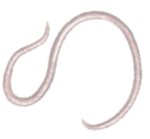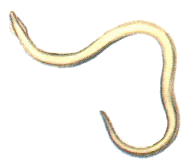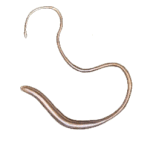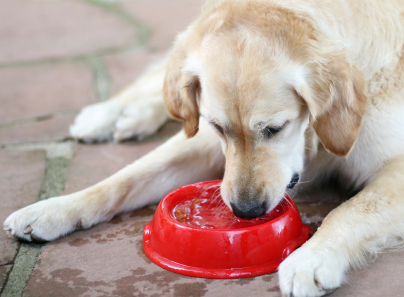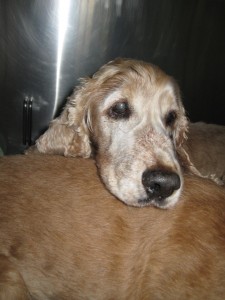Dogs suffer from heart failure, just like humans. If dog owners recognise the warning signs of heart failure they can seek help earlier and enjoy a healthy, happy pet for longer.
 Research shows that most dog owners are not aware of the risk of heart failure in older dogs, even though 1 in 10 dogs presented to vets suffer from heart disease.
Research shows that most dog owners are not aware of the risk of heart failure in older dogs, even though 1 in 10 dogs presented to vets suffer from heart disease.
Boehringer Ingelheim has launched a Heart Failure Awareness Program to raise owners’ awareness of the signs of heart disease in dogs. The company wants to reduce the numbers of dogs suffering unnecessarily from this life threatening condition.
The Heart Failure Awareness Program is aimed at dog owners because they are most likely to notice changes in their dog’s health and behaviour.
Early signs of heart failure, like loss of appetite, are subtle and often overlooked.
The common signs of congestive heart failure include:
- Coughing, especially at night
- Poor appetite
- Reluctance to exercise and tiring quickly on walks
- Laboured or fast breathing
- Fainting – often associated with exercise
- Weight loss
- Enlarged abdomen
- Weakness
If your dog is aged seven or more and showing one or more of the above signs visit a vet without delay.
Effective treatment of heart failure is available and when started early greatly improves affected dogs’ quality of life.
If owners recognise the signs of heart failure early and seek veterinary advice before the heart deteriorates markedly, treatment has the greatest benefit.
Research has shown effective treatment allows dogs with heart failure to enjoy many healthy, good quality years of life.
And that’s something all dog owners want.

